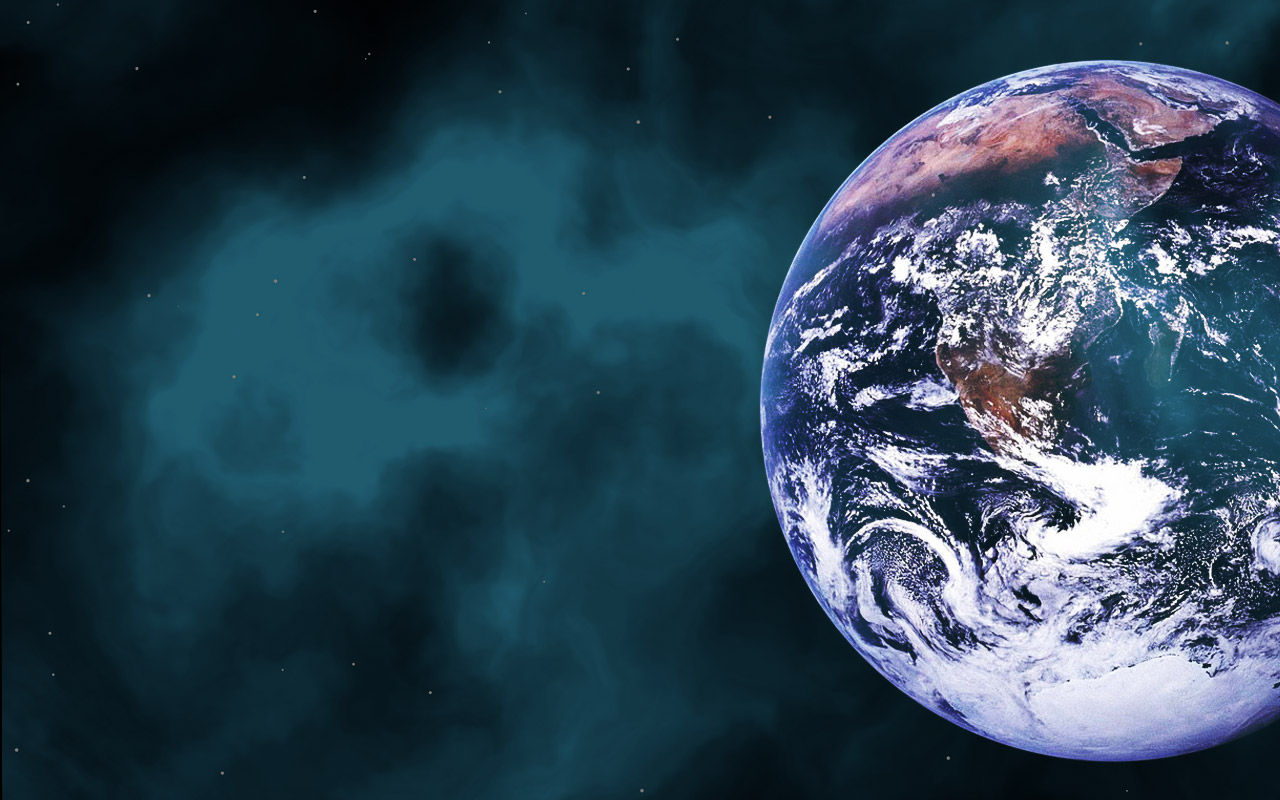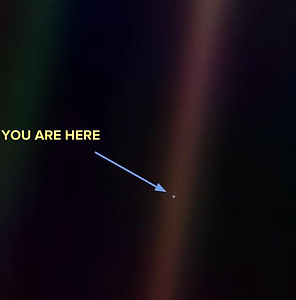
An Early Journey
I remember telling my parents I was going to become an astronaut one day when I was about 5 years old, but today I doubt I would ever have the courage to actually board a spaceship for a long time. Nevertheless, when I was in 6th grade, I spent a week at Space Camp, a program run by NASA in Alabama, with several of my classmates from Costa Rica.
My amazing experience there while simulating space missions as a pilot as well as a mission control specialist, going on “moonwalks,” launching a scale rocket, and learning about the history of space exploration ultimately sparked my interest in rockets, satellites, space probes, and really any other kind of space exploration technology that allows humans to push the boundaries as to what they already know about the universe.
Today, as an aspiring aerospace engineer, I wonder about the future of space exploration and the way that these technologies can help humans in the long run.




Pale Blue Dot by Carl Sagan
For summer reading, I read Pale Blue Dot by celebrated American astronomer Carl Sagan, which helped broaden my understanding of the challenges the space industry faces as time goes on and what we, as humans, can get out of these missions.
He addresses the revolutionary implications to the space program, such as the communications satellites that connect the planet, the meteorological satellites that predict the weather, the Earth-observing satellites that monitor the health of the global environment and detect new dangers, and even GPS systems. Moreover, he argues that exploring other planets allows us to not only gain more knowledge about those planets, but also understand the environment of our own planet.
Ultimately, though, Sagan explains that it is the intangible, long-term benefits that make the space program truly worth to pursue. Because of the prevalent human-centric view of the universe, exploring what is beyond Earth can be a humbling experience once people realize that, from far away, Earth is nothing but a "pale blue dot."
“That’s here. That’s home. That’s us. On it everyone you love, everyone you know, everyone you ever heard of, every human being who ever was, lived out their lives.”
-Carl Sagan
The Direction of My Research

Whether it is human intrinsic nature to explore things beyond what they already know, or a deliberate effort by scientists and engineers to reach a certain goal, it is important to understand the reasons behind humans engaging in space exploration in order for the space program to continue for many years to come, especially because the high stakes involved, such as money, time, and human intelligence, may pose obstacles to future missions to space.
I wanted to find out where humans should draw the line, if at all, as to how much information about the universe is enough to end the space program once and for all, or if the information acquired through space exploration can help people gain a better understanding of their nature and place in the universe.
I hoped that the information I gathered would help me make a conclusion as to whether space exploration is a necessary feat worth pursuing when taking into account both the tangible and intangible results of the space program, which would, in turn, provide valuable insight into the future of space exploration and the kinds of milestones that lie ahead for the human species.


